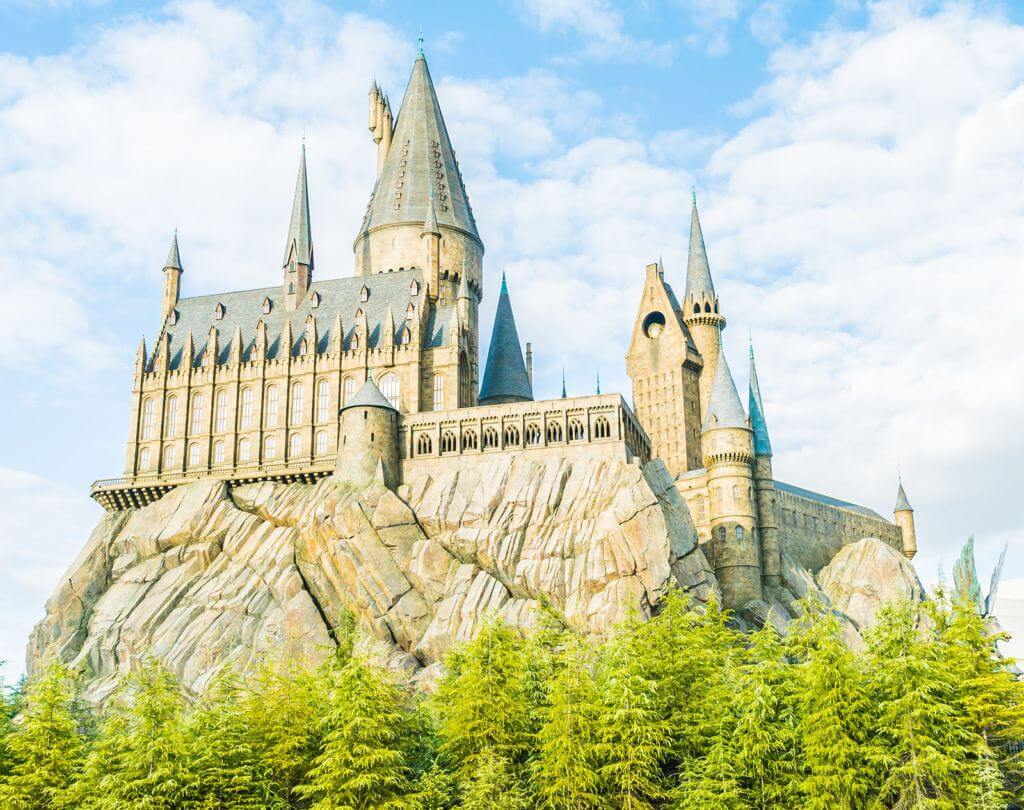There’s no denying that Harry Potter is one of the most widespread cultural phenomenon of the past twenty years. The books are all bestsellers, the movies have won awards and you’d be hard-pressed to find a person who doesn’t have some knowledge of the world’s favorite young wizard. With the release of “Harry Potter and the Cursed Child” fans have been given a continuation of the story, focusing mainly on the children of the main characters. The most interesting thing about the new chapter in Harry Potter is the medium with which the story is being told. For the first time, we have Harry Potter, the play.
Having no fear in expanding a beloved franchise
“Harry Potter and the Cursed Child” also marks the first time any part of the Harry Potter canon has been written by someone other than J.K. Rowling herself. The book released last week is actually a rehearsal script of the two-part play which has been packing theaters in the U.K. Despite not writing it herself, Rowling has her hands all over the story and has blessed the play as the true next chapter of the Harry Potter story. Despite receiving some disappointment from fans who wanted a full-fledged story, Cursed Child shows that the franchise has plenty of narrative ground to cover.
Telling a complete story within a fictional world
The Harry Potter franchise was far from losing steam before Cursed Child. Fantastic Beasts and Where to Find Them is poised to continue the cinematic universe and theme parks based around Rowling’s magical world that will never stop drawing crowds. “Cursed Child” is different, because it holds real narrative weight within the universe. We live in a time where the stories we love no longer need to live inside the medium where they found their start. Our favorite franchises are now rapidly adapted into multimedia experiences. Comics become movies, which become TV shows which become video games. The fluidity with which our fictional worlds are carried into different mediums shows that the best works of fiction are no longer individual works but worlds and characters that fans want to spend time with.
To say that world-building is just now becoming the most important factor when writing fiction would be silly, but it wouldn’t be too crazy to say that it is one of the biggest factors when determining marketability. Harry Potter is an amazing character, but by far the most interesting part of the series is Hogwarts School of Witchcraft and Wizardry. Readers young and old just want to spend time in the world Rowling created, and Cursed Child proves that you can create the same feeling using another medium. Spinoffs and fanfiction have been tools to indulge in visiting our favorite worlds since the days of Star Trek. What if we as fans were more open to seeing our favorite stories not just referenced, but continued in media different from their origins. Would we respond well to a “Blade Runner” sequel that’s a novel, or a video game series that attempts to tell the story of Indiana Jones’ later years? It’s easy to scoff at the idea, but we may not be far from seeing more of our favorite stories continued in a way we didn’t’ expect.

